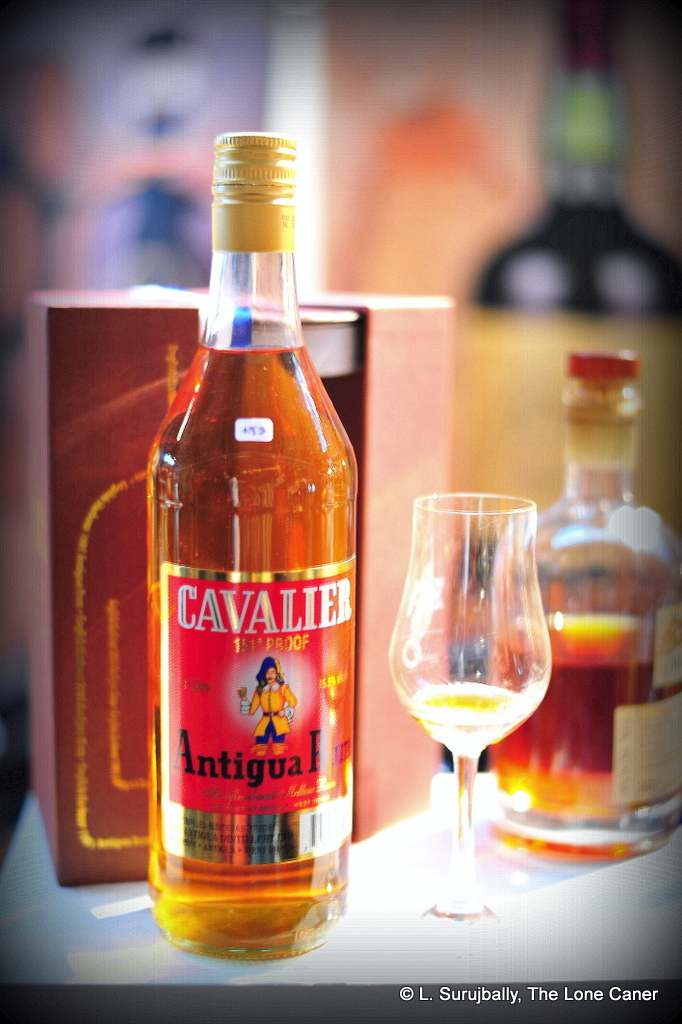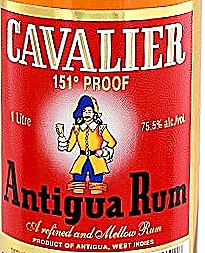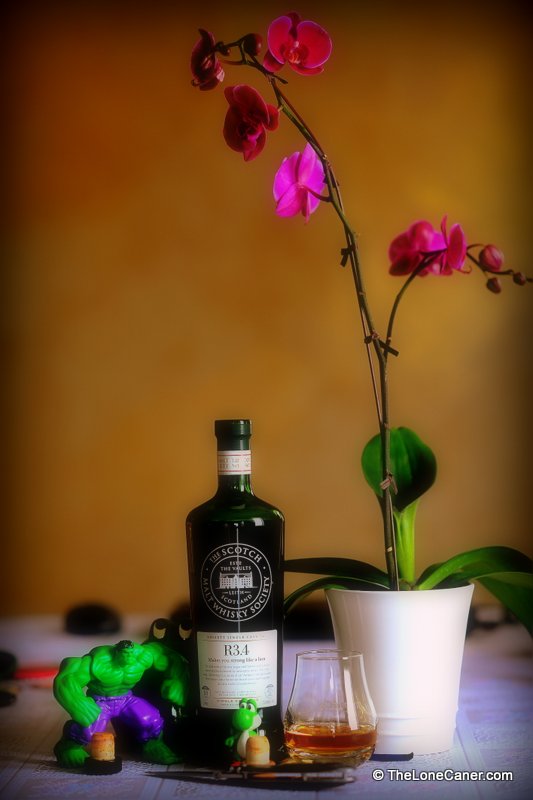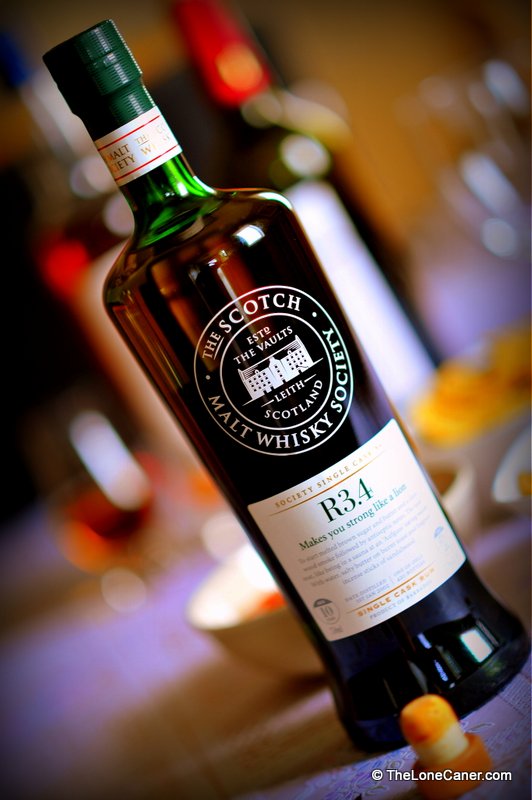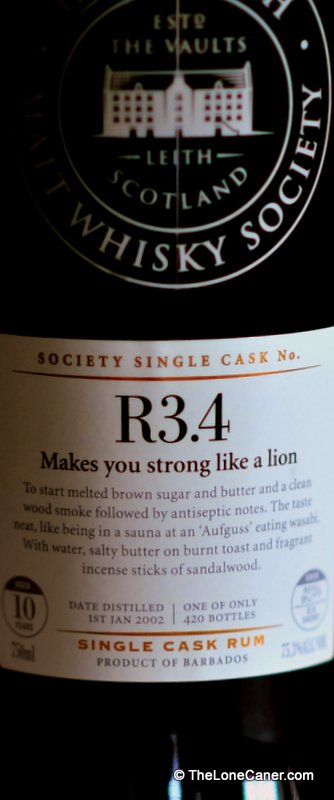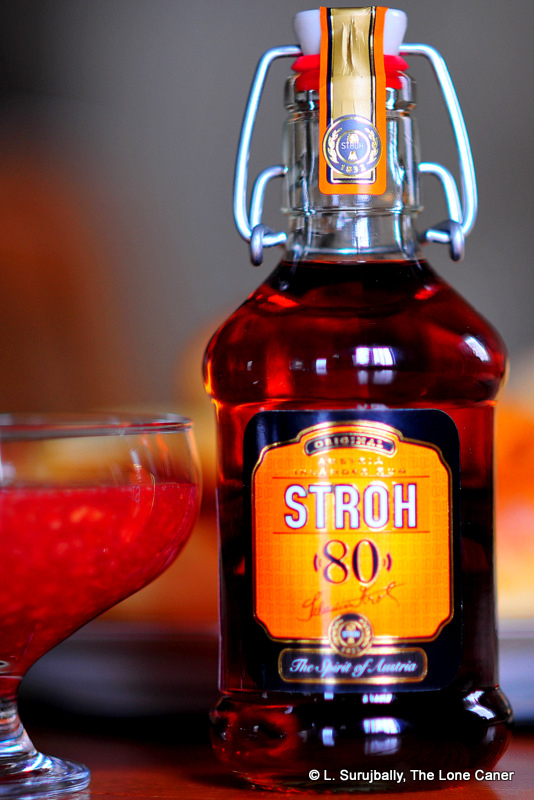Rumaniacs Review #127 | 0855
To be clear, there remains a Westerhall White Jack rum in current production. It’s not this one. It has been suggested that it’s the same as the Jack Iron rum, just made into a white. That’s a harder call, but I doubt that too, because there’s a bit more complexity to this one than the Jack Iron where the reverse might have been expected.
In any case, this version has been discontinued. Even by 2015 when The Fat Rum Pirate penned one of the only reviews of this 70% white Grenadian overproof, it had already undergone reformulation and rebranding that led to a sexier bottle and a one-degree proof reduction in strength. The current stylish ice-blue-and-white bottle is rated 69%, and it’s not a stretch to suggest that this was done to go head to head with the much better known and well-regarded Clarke’s Court White Overproof or Rivers Antoine white popskulls which were also at that strength, and perhaps also to steal a point or two of market share the pack leader, the Wray and Nephew 63% version (although good luck with that, ‘cause in my view they had and have nothing to worry about). Then again, it might also have been to make it more easily transportable on airlines ferrying tourists in and out, who often cap their spirit strength allowances at 70% ABV.
That said, it’s useful to know that Westerhall in Grenada is no longer a distillery: though a distillery did exist since the mid-1800s, it was all about the bulk export market — Westerhall’s own brand, Rum Sipper Strong, was created to service the islanders’ demand only in the early 1970s. It took another decade and a half or so, before the Westerhall Plantation Rum 1 was formulated specifically for export – however, the sales couldn’t have been strong enough to justify the distillery, because by 1996 Westerhall ceased distillation completely and started buying bulk rum itself (mostly from Trinidad’s Angostura), leaving its distillery to rust – it was destroyed by Hurricane Ivan in 2004 and the ruins can be seen to this day on the grounds
Colour – White (from filtration)
Age – Unknown; suggested to be unaged but I doubt it – like many early white rums were, it’s likely lightly aged, a year or so, and then filtered to clarity (unaged rum is already clear).
Strength 70% ABV
Nose – Initially there’s a certain heavy meatiness, like yeasty bread dipped into a thick split pea soup; salt, brine, olives, fresh bell peppers. Also citrus and herbs, grass, sugar water – there’s an element of cane juice here that is completely unexpected. Surprisingly it develops very nicely, with some estery background notes and sharp fruitiness of strawberries and bananas.
Palate – Very intense, unsurprising at the strength. Nuts, cream, butter, quite creamy, and tasting both of sweet and salt; lemon zest, apples, bananas, red currants and some spices – cumin and cardamom. There’s more but the strength kind of eviscerates any subtler notes and this is what you’re left with
Finish – You wouldn’t think there’s more than a hot last of spicy fumes, but actually, it’s not bad: toast and cream cheese, chives, olives which gradually transmutes into a nice sweetness of green grapes, bananas and some other indeterminate fruits.
Thoughts – No competitor to the more aggressive, individualistic, funkier and all-out better J. Wray. It’s a column-still, barely-aged rum, with all that implies, and strong enough to cure all that ails you (from a broken heart to your stalled jalopy, it’s rumoured) — and it’s surprising that as much taste has come through as it has. Not entirely a bad rum, just not one of much real character, and best for its intended purpose, a mix of some kind.
(78/100)
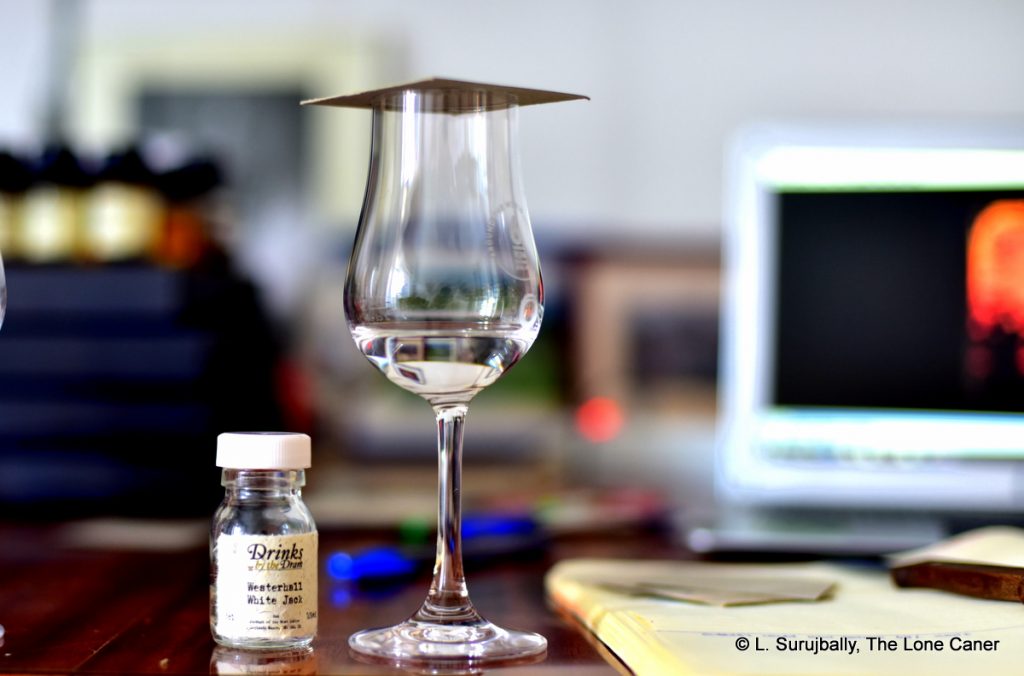
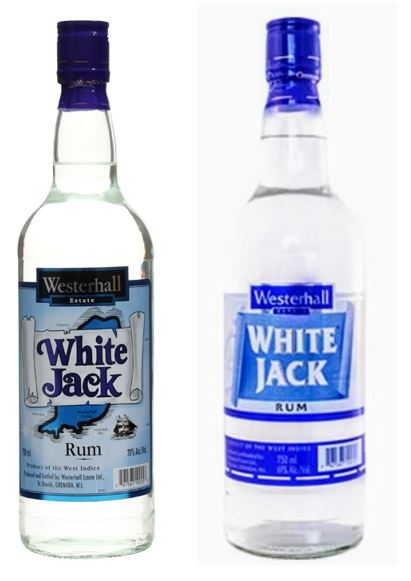


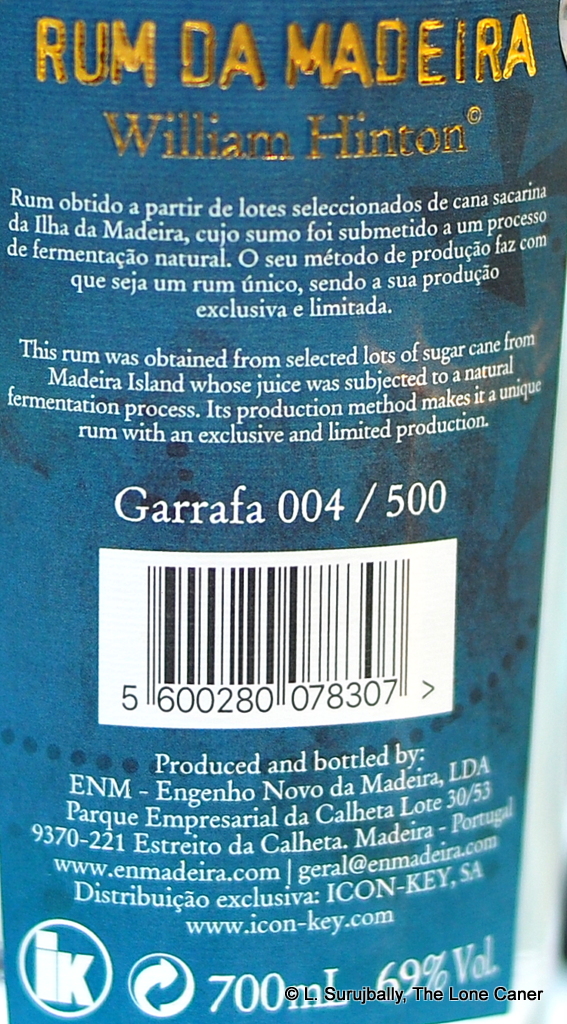
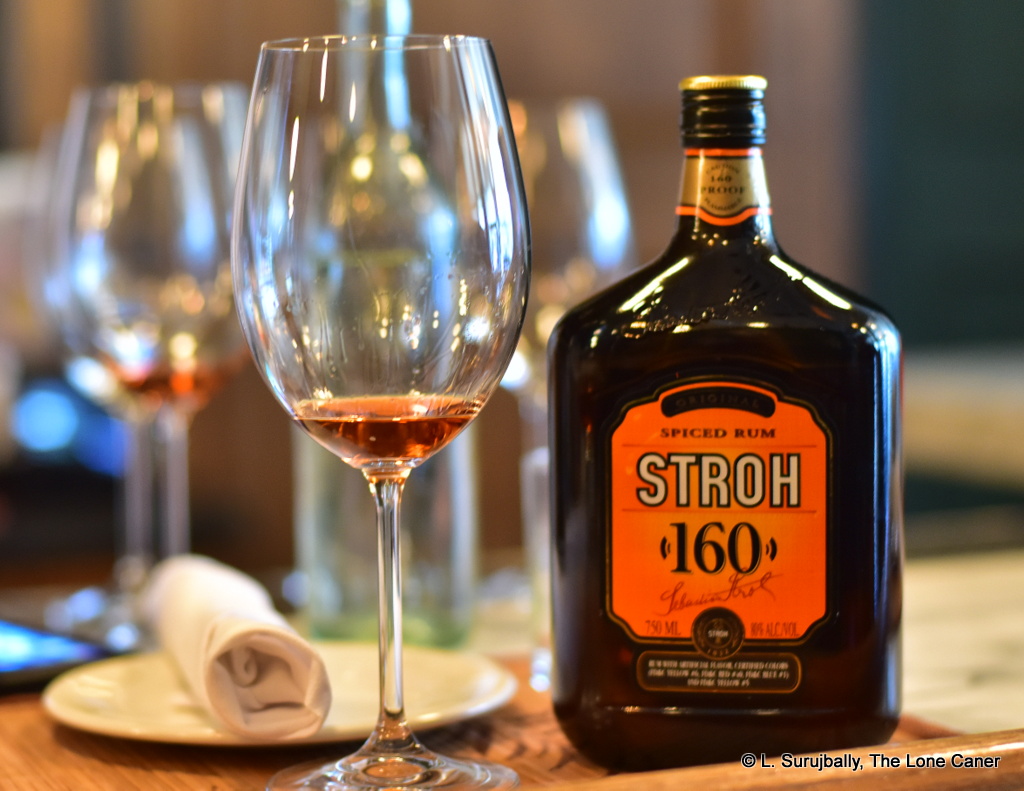

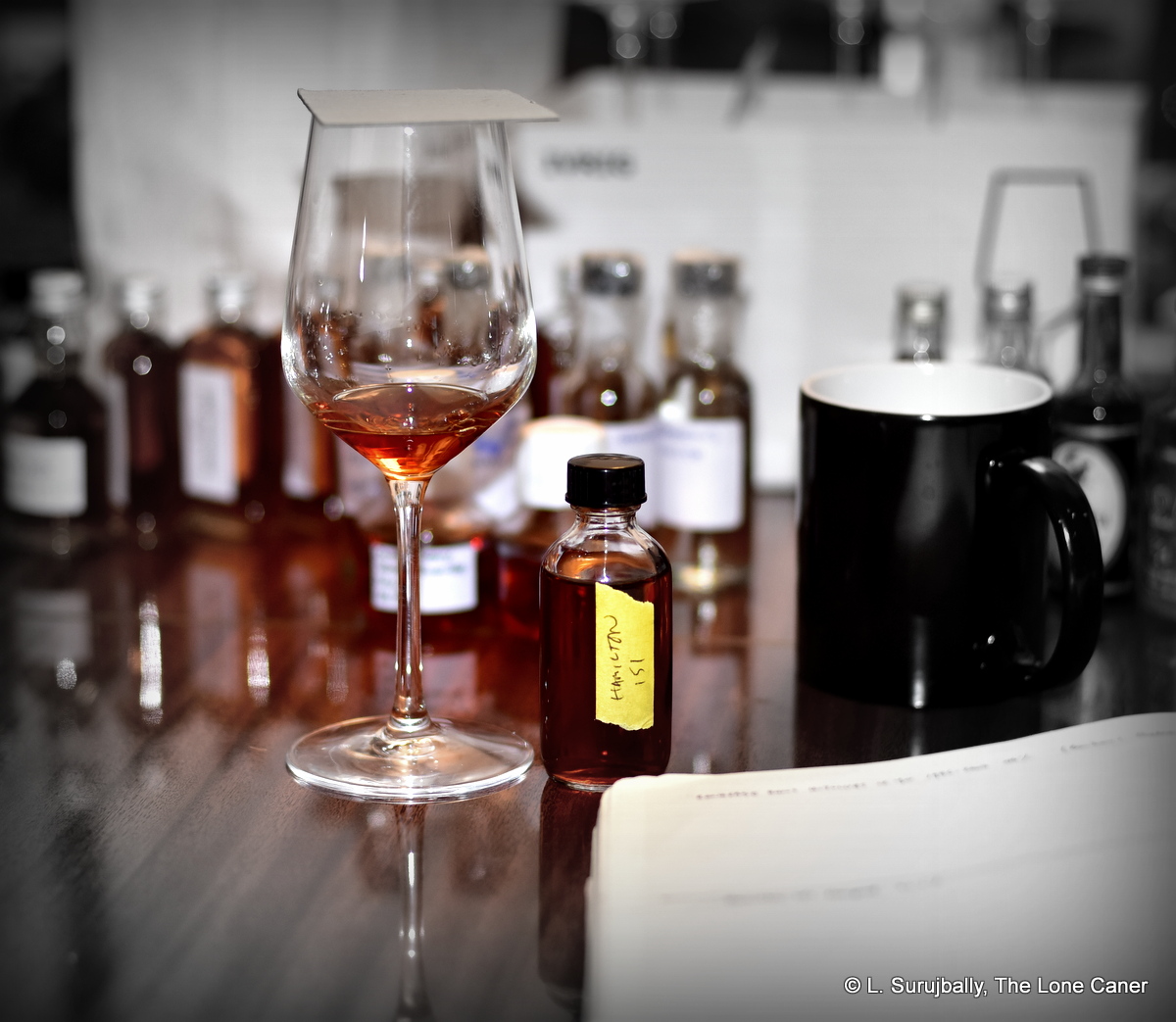
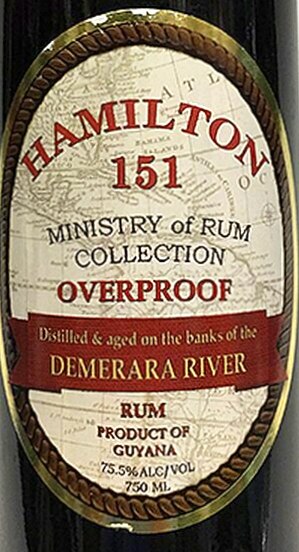 It is, in short, a powerful wooden fruit bomb, one which initially sits and broods in the glass, dark and menacing, and needs to sit and breathe for a while. Fumes of prunes, plums, blackcurrants and raspberries rise as if from a grumbling and stuttering half-dormant volcano, moderated by tarter, sharper flavours of damp, sweet, wine-infused tobacco, bitter chocolate, ginger and anise. The aromas are so deep it’s hard to believe it’s so young — the distillate is aged around five years or less in Guyana as far as I know, then shipped in bulk to the USA for bottling. But aromatic it is, to a fault.
It is, in short, a powerful wooden fruit bomb, one which initially sits and broods in the glass, dark and menacing, and needs to sit and breathe for a while. Fumes of prunes, plums, blackcurrants and raspberries rise as if from a grumbling and stuttering half-dormant volcano, moderated by tarter, sharper flavours of damp, sweet, wine-infused tobacco, bitter chocolate, ginger and anise. The aromas are so deep it’s hard to believe it’s so young — the distillate is aged around five years or less in Guyana as far as I know, then shipped in bulk to the USA for bottling. But aromatic it is, to a fault.
 Palate – Even if they didn’t say so on the label, I’d say this is almost completely Guyanese just because of the way all the standard wooden-still tastes are so forcefully put on show – if there
Palate – Even if they didn’t say so on the label, I’d say this is almost completely Guyanese just because of the way all the standard wooden-still tastes are so forcefully put on show – if there 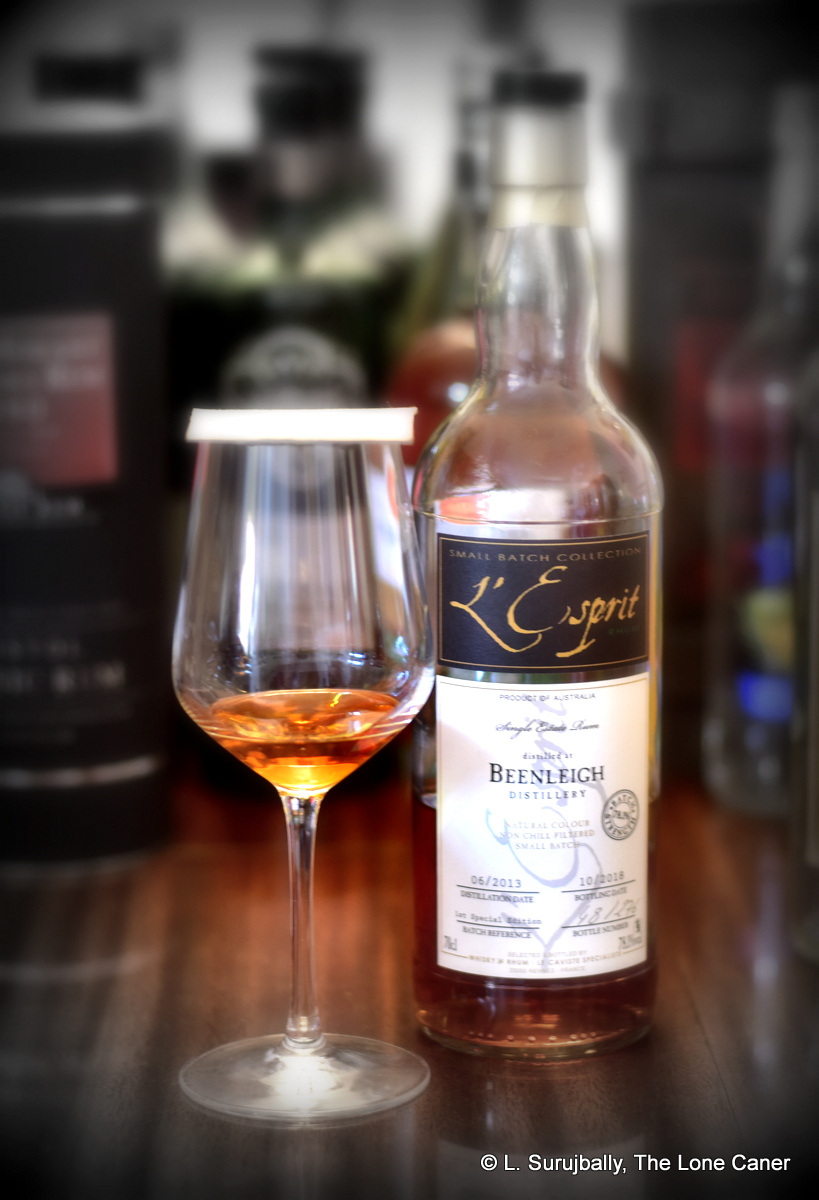 The French-bottled, Australian-distilled Beenleigh 5 Year Old Rum is a screamer of a rum, a rum that wasn’t just released in 2018, but unleashed. Like a mad roller coaster, it careneed madly up and down and from side to side, breaking every rule and always seeming just about to go off the rails of taste before managing to stay on course, providing, at end, an experience that was shattering — if not precisely outstanding.
The French-bottled, Australian-distilled Beenleigh 5 Year Old Rum is a screamer of a rum, a rum that wasn’t just released in 2018, but unleashed. Like a mad roller coaster, it careneed madly up and down and from side to side, breaking every rule and always seeming just about to go off the rails of taste before managing to stay on course, providing, at end, an experience that was shattering — if not precisely outstanding.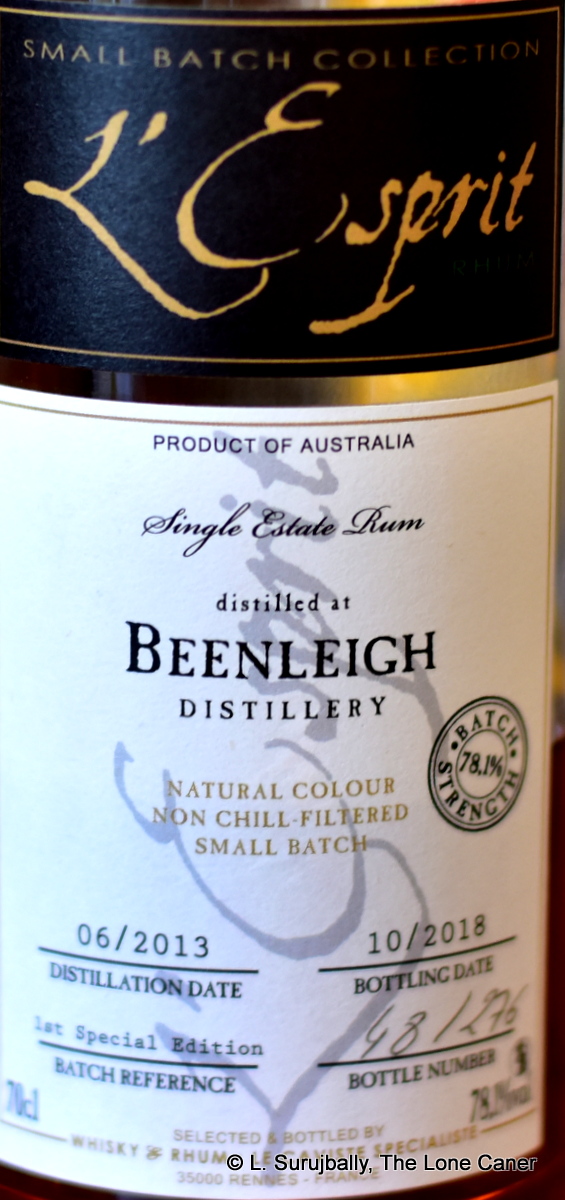 I still remember how unusual the
I still remember how unusual the 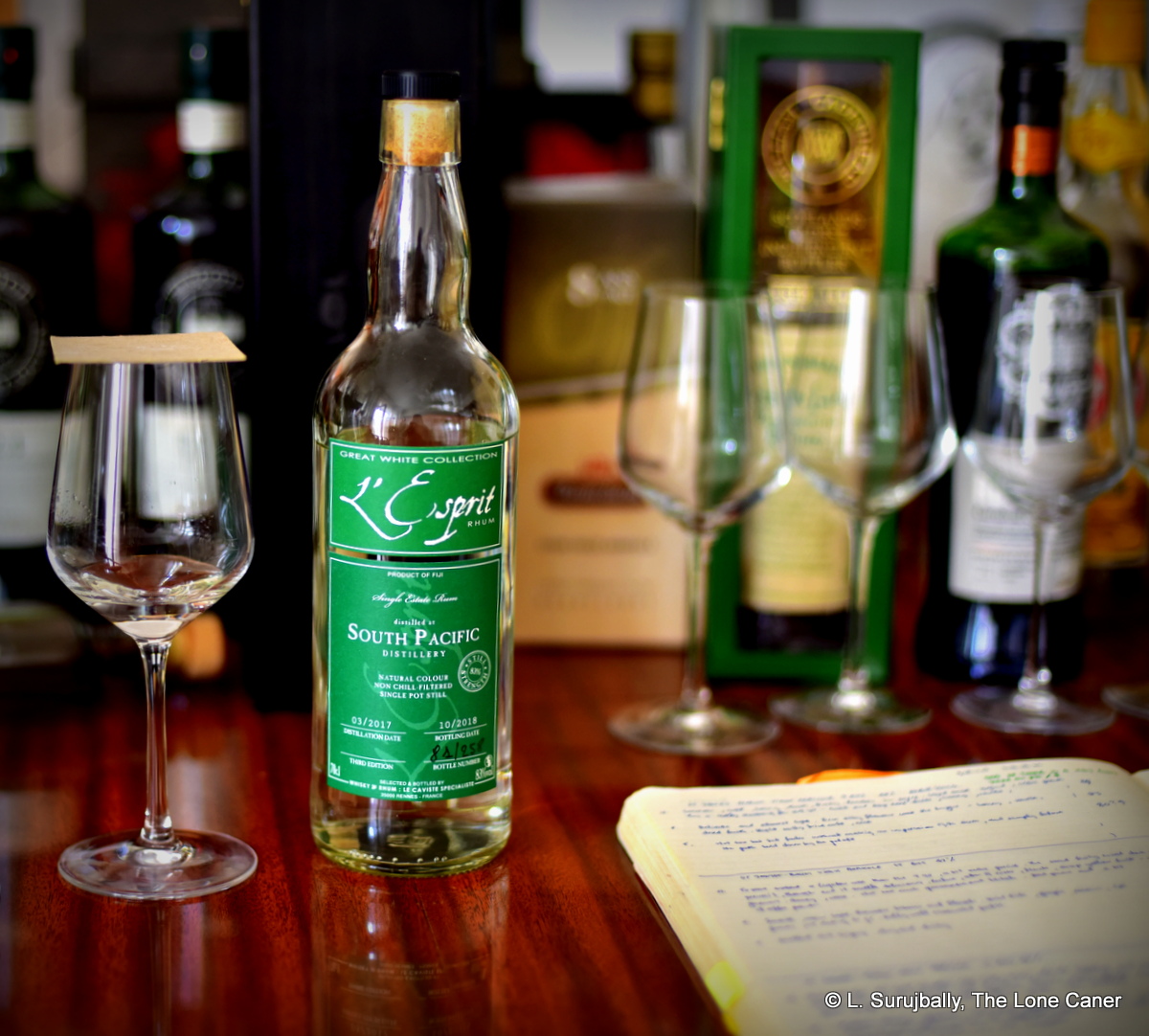
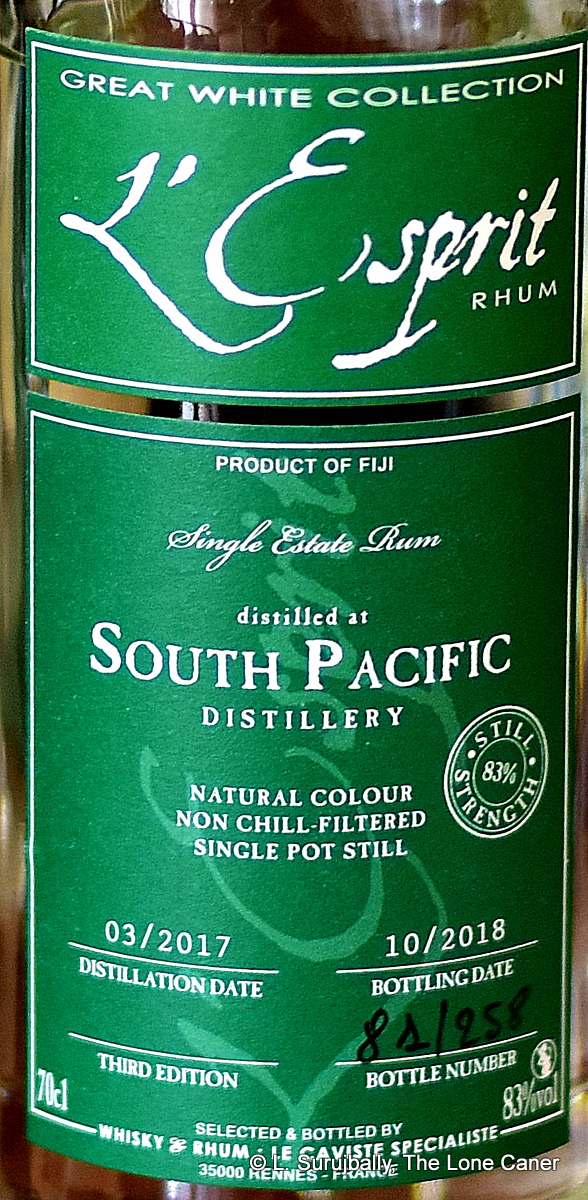 Whatever the case, the rum was as fierce as the Diamond, and even at a microscopically lower proof, it took no prisoners. It exploded right out of the glass with sharp, hot, violent aromas of tequila, rubber, salt, herbs and really good olive oil. If you blinked you could see it boiling. It swayed between sweet and salt, between soya, sugar water, squash, watermelon, papaya and the tartness of hard yellow mangoes, and to be honest, it felt like I was sniffing a bottle shaped mass of whup-ass (the sort of thing Guyanese call “regular”).
Whatever the case, the rum was as fierce as the Diamond, and even at a microscopically lower proof, it took no prisoners. It exploded right out of the glass with sharp, hot, violent aromas of tequila, rubber, salt, herbs and really good olive oil. If you blinked you could see it boiling. It swayed between sweet and salt, between soya, sugar water, squash, watermelon, papaya and the tartness of hard yellow mangoes, and to be honest, it felt like I was sniffing a bottle shaped mass of whup-ass (the sort of thing Guyanese call “regular”).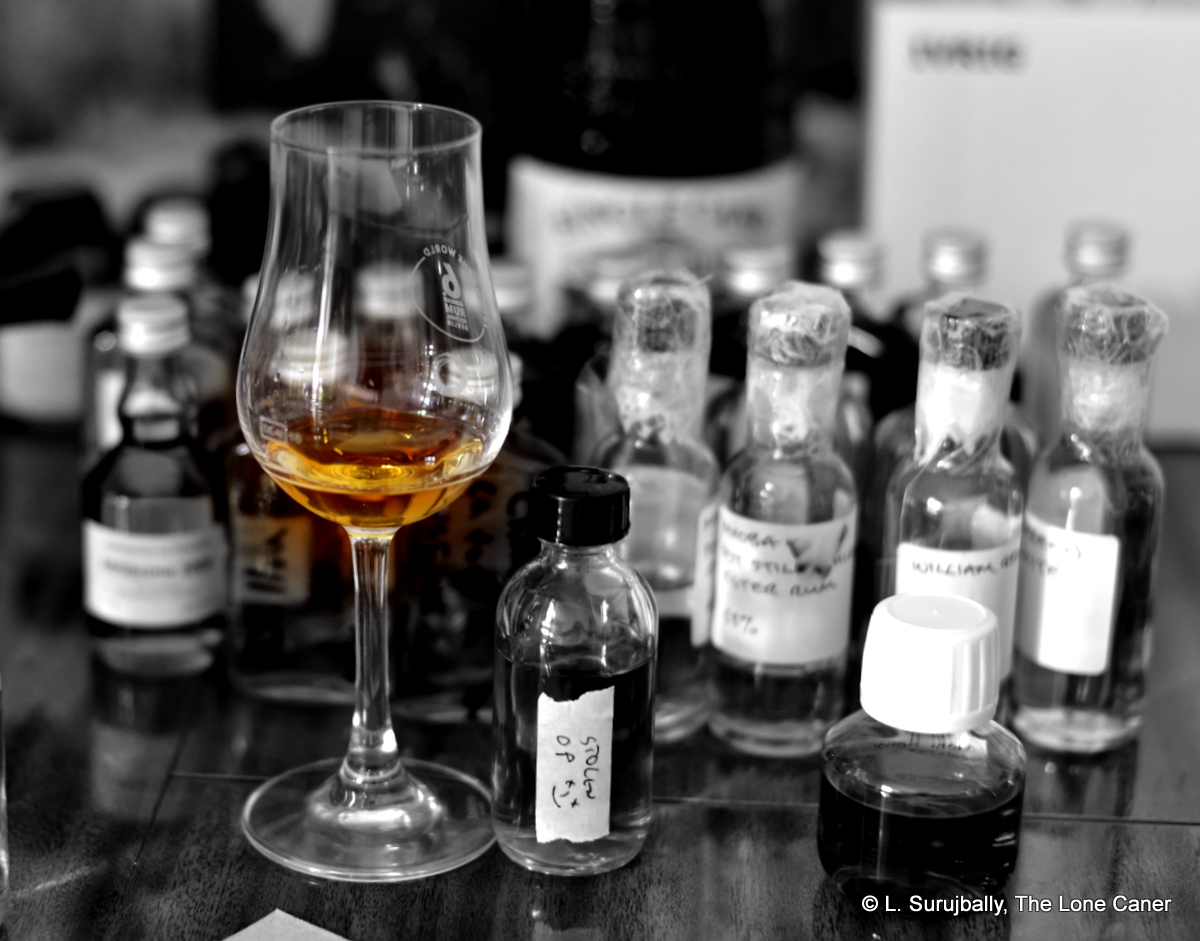
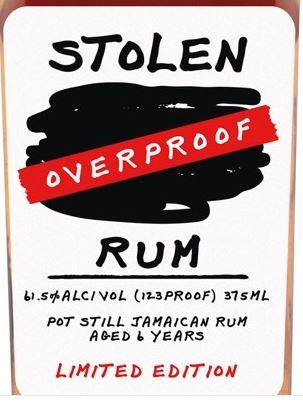
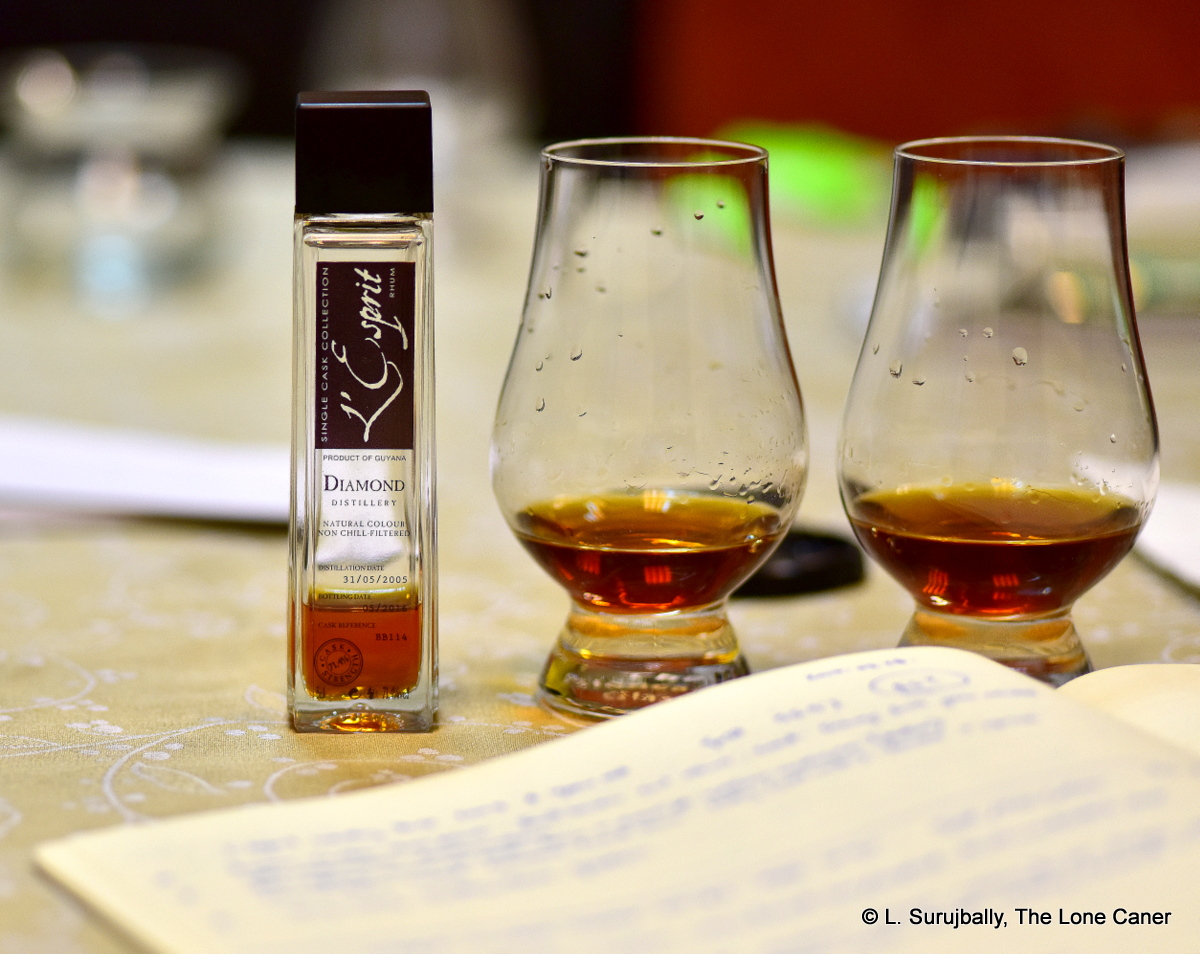
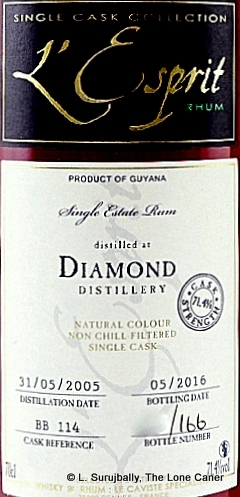 What’s all the more astounding about
What’s all the more astounding about 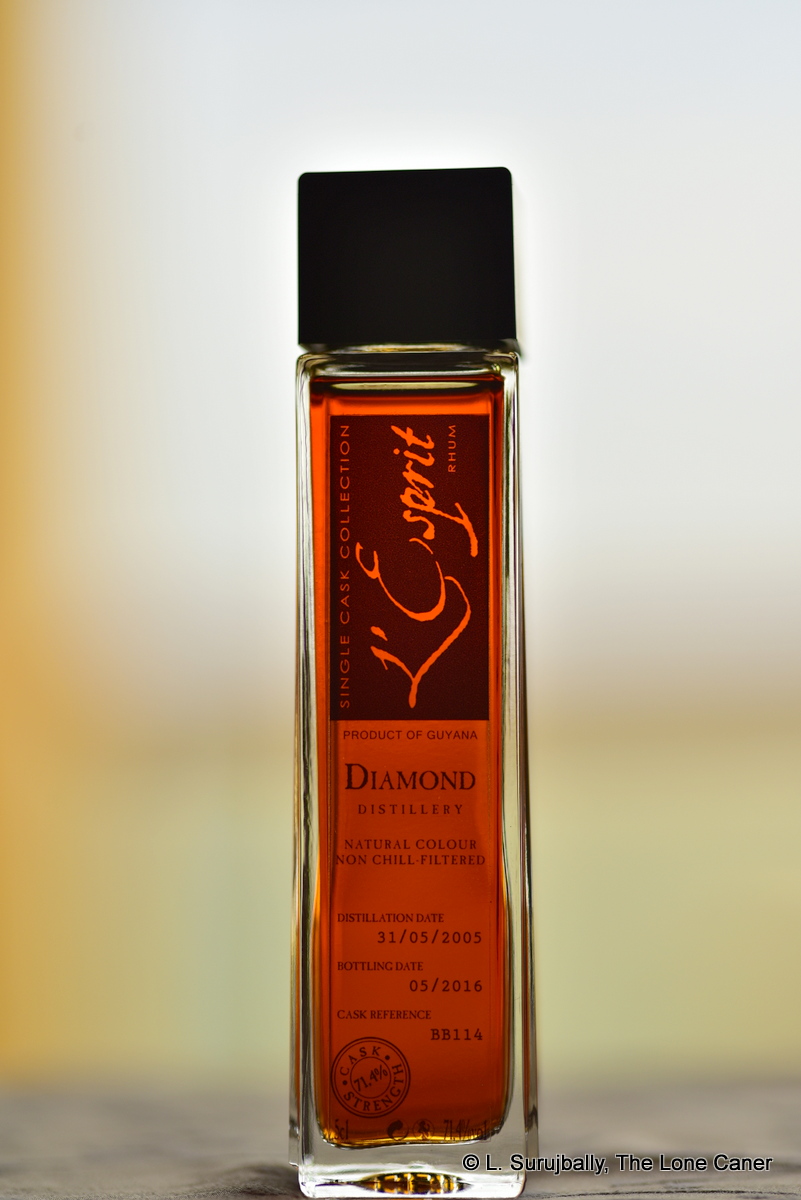 Based on how it initially nosed, I started out believing this was a wooden still — by the end, I was no longer so sure. The profile actually reminded me more of the
Based on how it initially nosed, I started out believing this was a wooden still — by the end, I was no longer so sure. The profile actually reminded me more of the 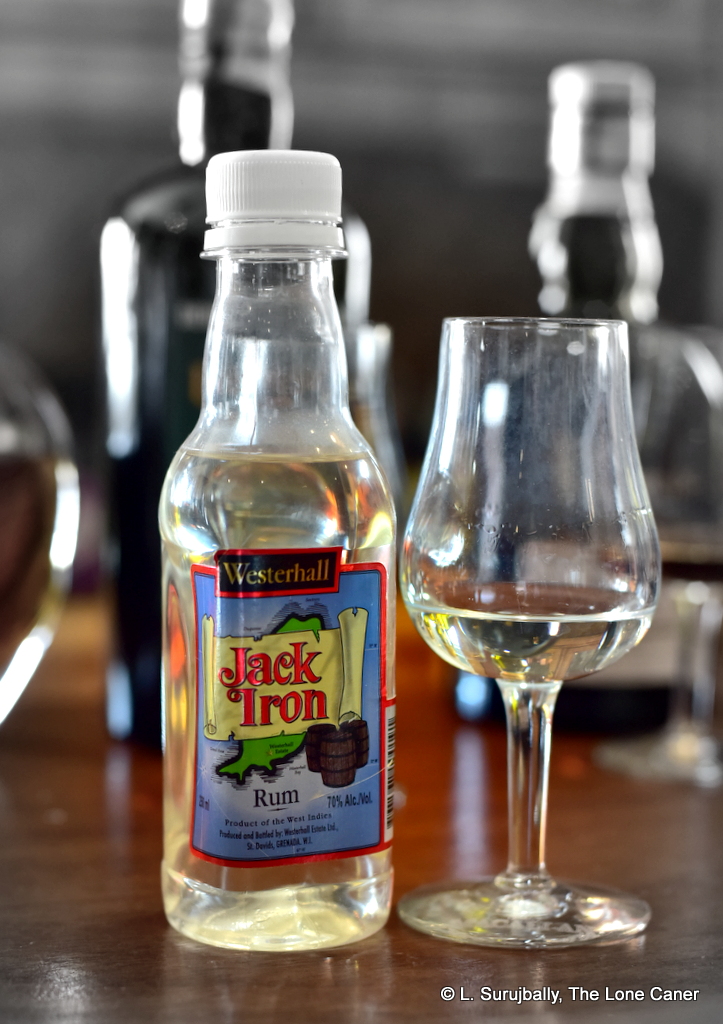 The Jack Iron rum from Westerhall is a booming overproof issued both in a slightly aged and a white version, and both are a whopping 70% ABV. While you can get it abroad — this bottle was tried in Italy, for example — my take is that it’s primarily a rum for local consumption (though which island can lay claim to it is a matter of idle conjecture), issued to paralyze brave-but-foolhardy tourists who want to show off their Chewbacca chests by drinking it neat, or to comfort the locals who don’t have time to waste getting hammered and just want to do it quick time. Add to that the West Indian slang for manly parts occasionally being iron and you can sense a sort of cheerful and salty islander sense of humour at work (see “other notes” below for an alternative backstory).
The Jack Iron rum from Westerhall is a booming overproof issued both in a slightly aged and a white version, and both are a whopping 70% ABV. While you can get it abroad — this bottle was tried in Italy, for example — my take is that it’s primarily a rum for local consumption (though which island can lay claim to it is a matter of idle conjecture), issued to paralyze brave-but-foolhardy tourists who want to show off their Chewbacca chests by drinking it neat, or to comfort the locals who don’t have time to waste getting hammered and just want to do it quick time. Add to that the West Indian slang for manly parts occasionally being iron and you can sense a sort of cheerful and salty islander sense of humour at work (see “other notes” below for an alternative backstory).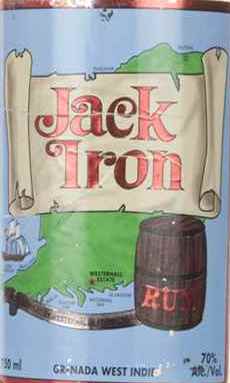
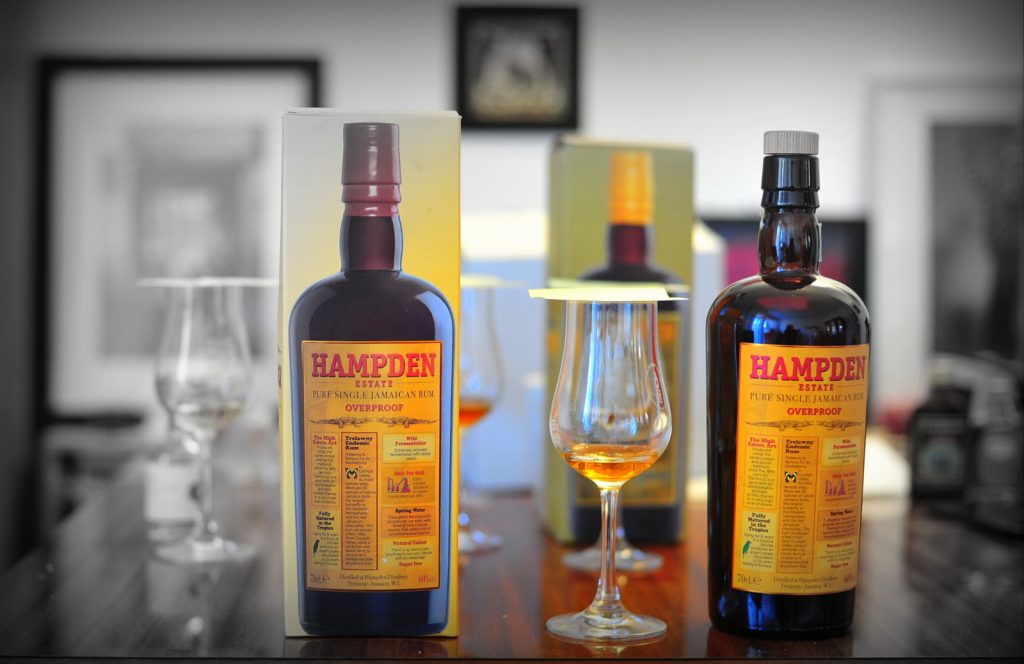

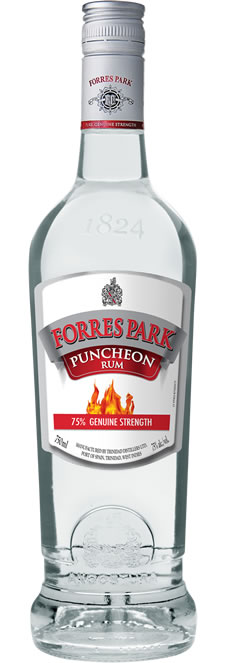
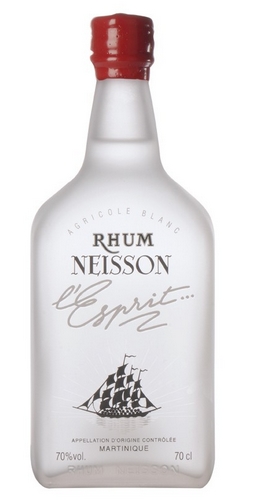
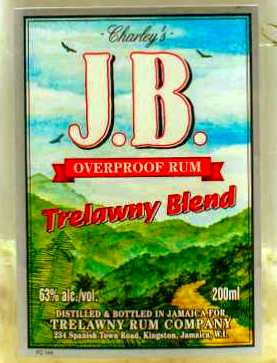

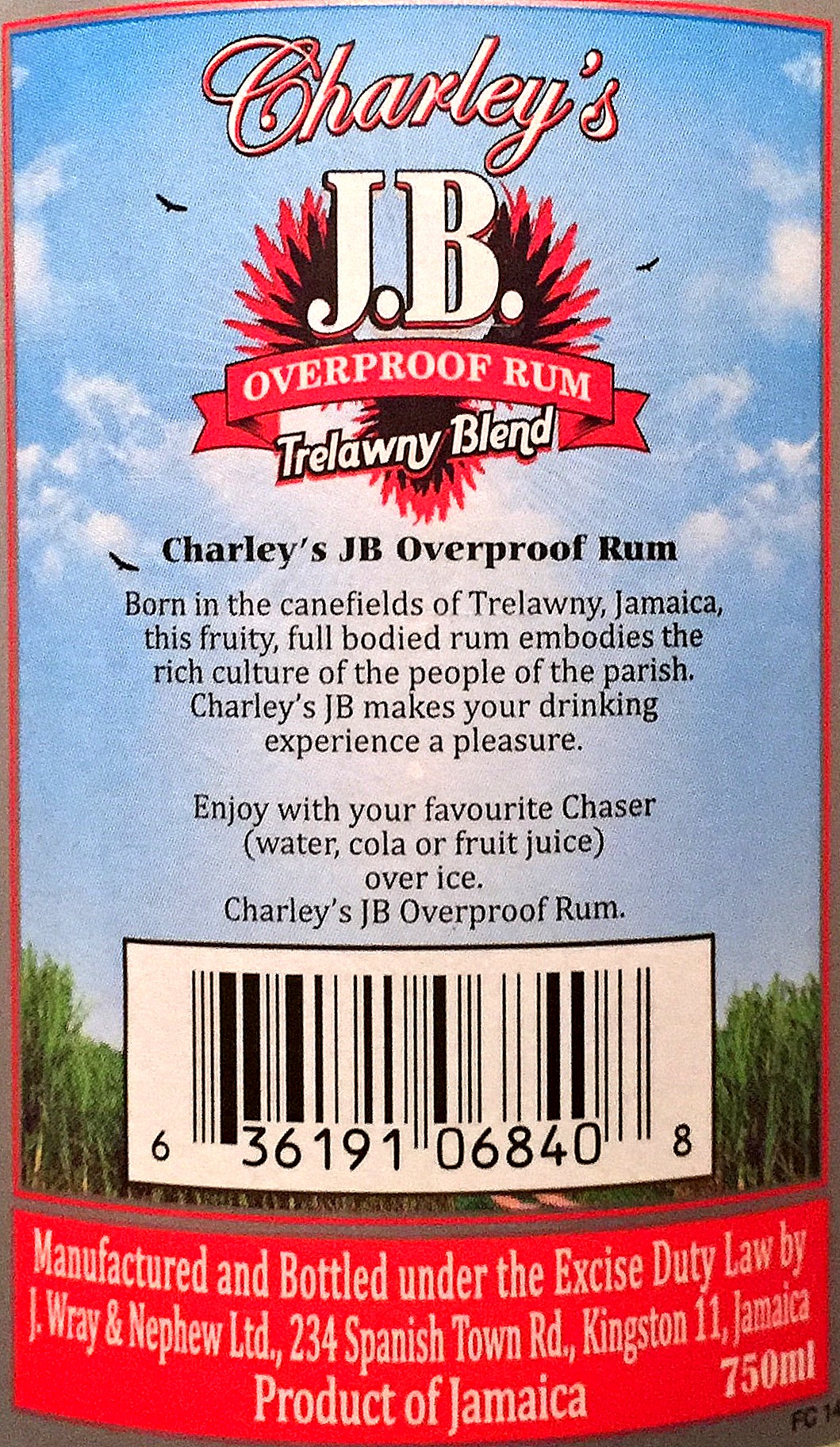
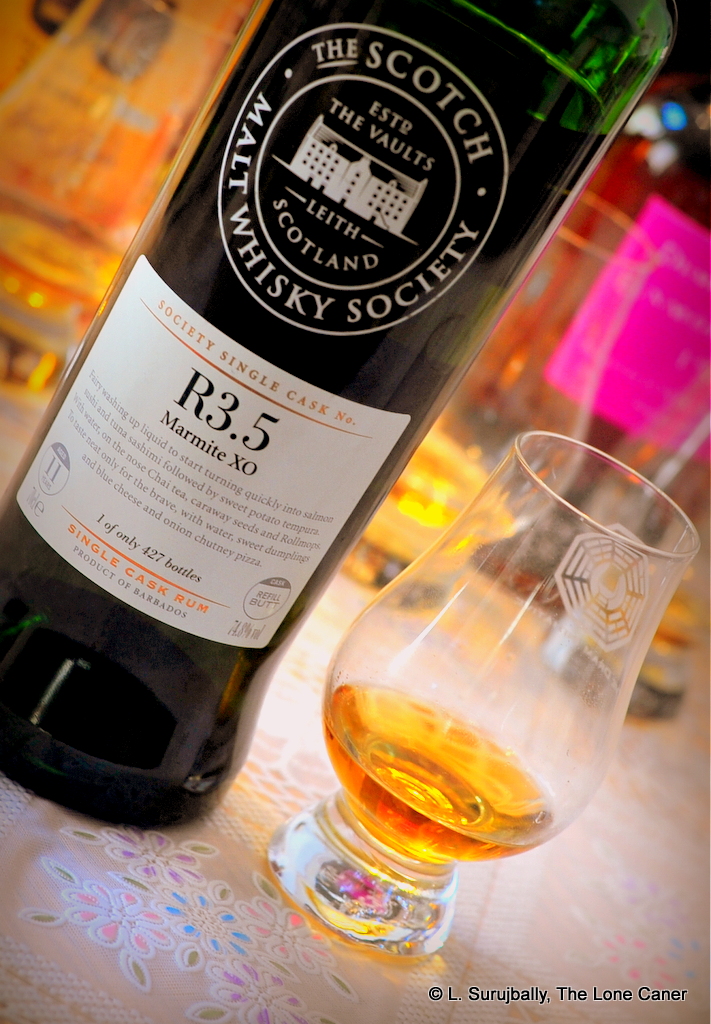
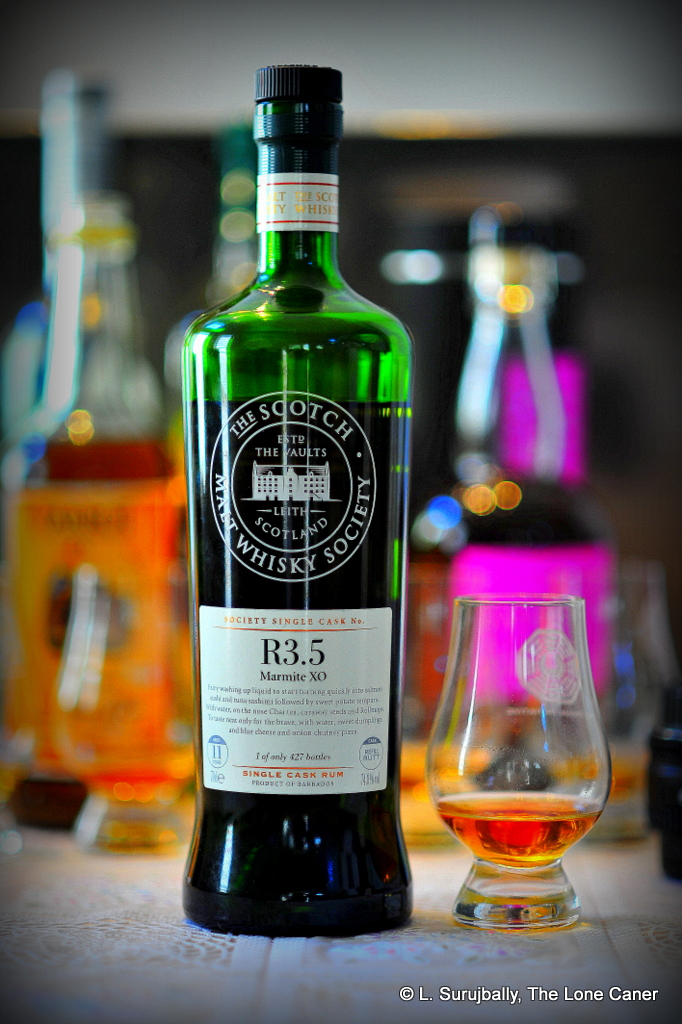
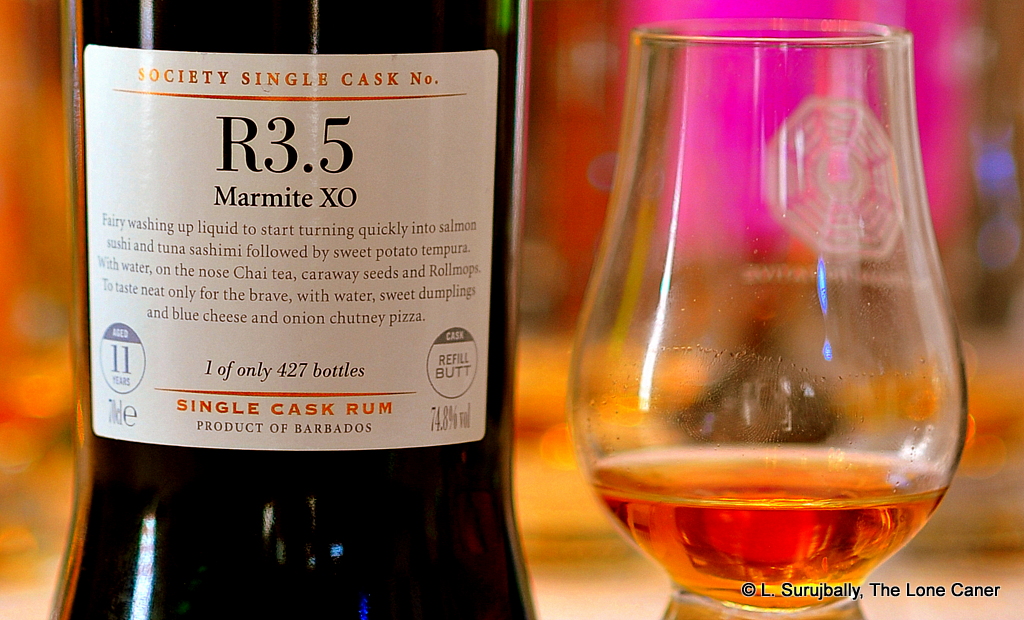
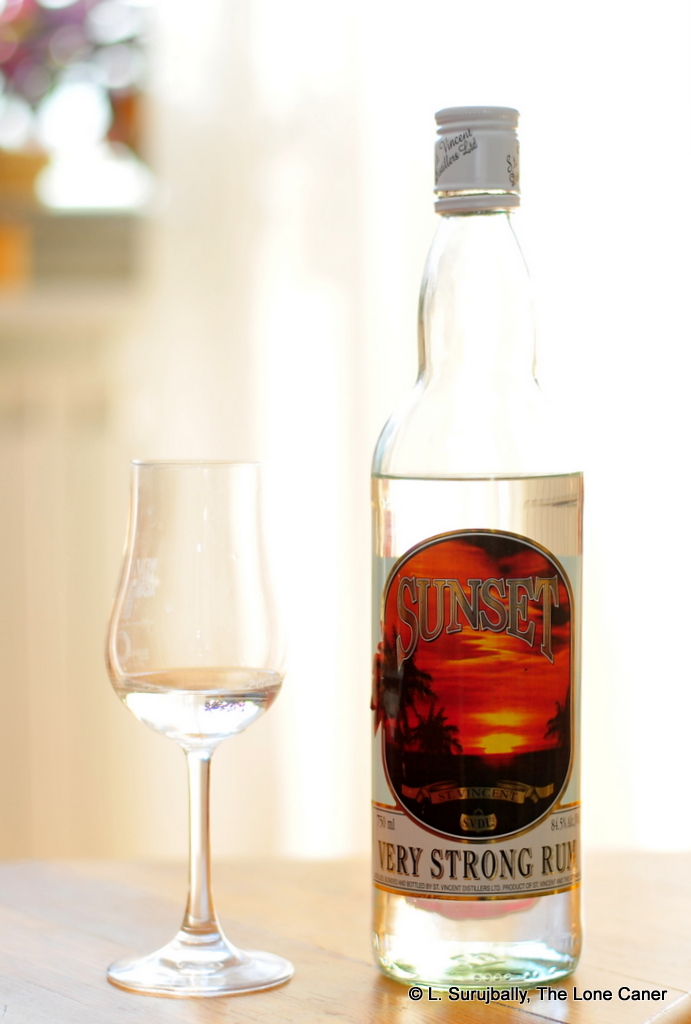 Hulk no like puny rum. Hulk smash. The last and strongest of the overproof howitzers batters my glass.
Hulk no like puny rum. Hulk smash. The last and strongest of the overproof howitzers batters my glass. The (cautiously assessed) nose was extremely sharp, a glimmering silver blade of pure heat. For all that, once the bad stuff burned off, I was amazed by how much was going on under the hood. Initially, there was an explosion of an abandoned Trojan factory installed in the Batcave, fresh cut onions, sweat and oil, crazy crazy intense. Stick with it, though, is my advice – because it did cool off (a little). And then there were vanilla aromas, some cane sap, coconut shavings and red ripe cherries, a subtle hint of butter lurking in the background. I looked at the glass in some astonishment, quite pleased with the scents that emerged where I had expected nothing but rotgut, and then moved on to taste.
The (cautiously assessed) nose was extremely sharp, a glimmering silver blade of pure heat. For all that, once the bad stuff burned off, I was amazed by how much was going on under the hood. Initially, there was an explosion of an abandoned Trojan factory installed in the Batcave, fresh cut onions, sweat and oil, crazy crazy intense. Stick with it, though, is my advice – because it did cool off (a little). And then there were vanilla aromas, some cane sap, coconut shavings and red ripe cherries, a subtle hint of butter lurking in the background. I looked at the glass in some astonishment, quite pleased with the scents that emerged where I had expected nothing but rotgut, and then moved on to taste.